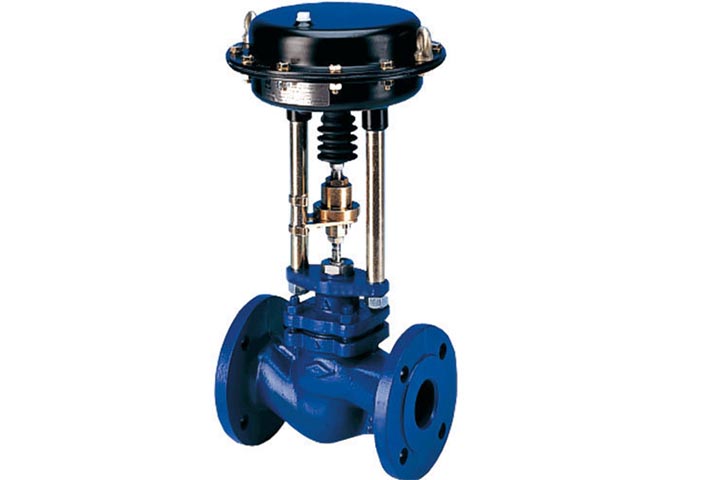A control valve is a valve used to control fluid flow by varying the size of the flow passage as directed by a signal from a controller. This enables the direct control of flow rate and the consequential control of process quantities such as pressure, temperature, and liquid level.
What are Control Valves?
Control Valves have been designed to control and regulate pressure and flow rate. They can automatically do the job and eliminate the need for you to constantly keep an eye on the system. You can choose the correct control valve for the specific desired pressure. It’s interesting to know that Control Valves are also known as the final control element in automatic control terminology which is due to the process control valves operate within their system.
The opening or closing of automatic control valves is usually done by electrical, hydraulic or pneumatic actuators. Normally with a modulating valve, which can be set to any position between fully open and fully closed, valve positioners are used to ensure the valve attains the desired degree of opening. see more
The main goals of different control valve parts:
- Controlling the flow direction
- Relieve the system from specific pressures
- Increase or decrease the flow
- Turn the flow on or off
- Regulating the flow or process pressure
Pressure independent control valves (PICVs) improve system performance and optimize delta-T resulting in less pumping energy and contributing to more efficient loading of boilers and chillers. Siemens pressure independent control valves integrate three functions into a single device: control valve, adjustable flow limiter, and automatic pressure regulator. The automatic pressure regulator dynamically balances the circuit by maintaining a consistent flow through the valve when differential pressure changes. Siemens pressure independent control valves have the unique advantage of always maintaining their full stroke, regardless of the maximum adjustable flow setting, to provide better control. This significantly reduces or eliminates hunting for the right actuator setting, resulting in better control and increased comfort. Siemens PICVs help prolong maintenance and preserve the life of HVAC equipment, enhance room comfort, and optimize energy efficiency.
The final goal of different control valve types
The final control element or the control valve can convert the control signal of the controller with the help of a pneumatic device and regulate the fluid flow in the system. They can be used for different liquids, gasses, steam, air, etc.
benefits of Pressure independent control valves:
- Optimized performance for greater energy savings
- Longer reliability due to fewer repositions
- Smaller footprint
- Easy installation and fast commissioning -- fewer components to install and simplified balancing for greater cost savings
- System expansions do not require re-balancing of existing system
- Greater controllability and precision due to flow limiter being independent of the stroke of the valve
- Simplified valve sizing
References:
https://www.linquip.com/blog/control-valves-101-guide-to-understand/
- ۹۹/۰۴/۱۸


